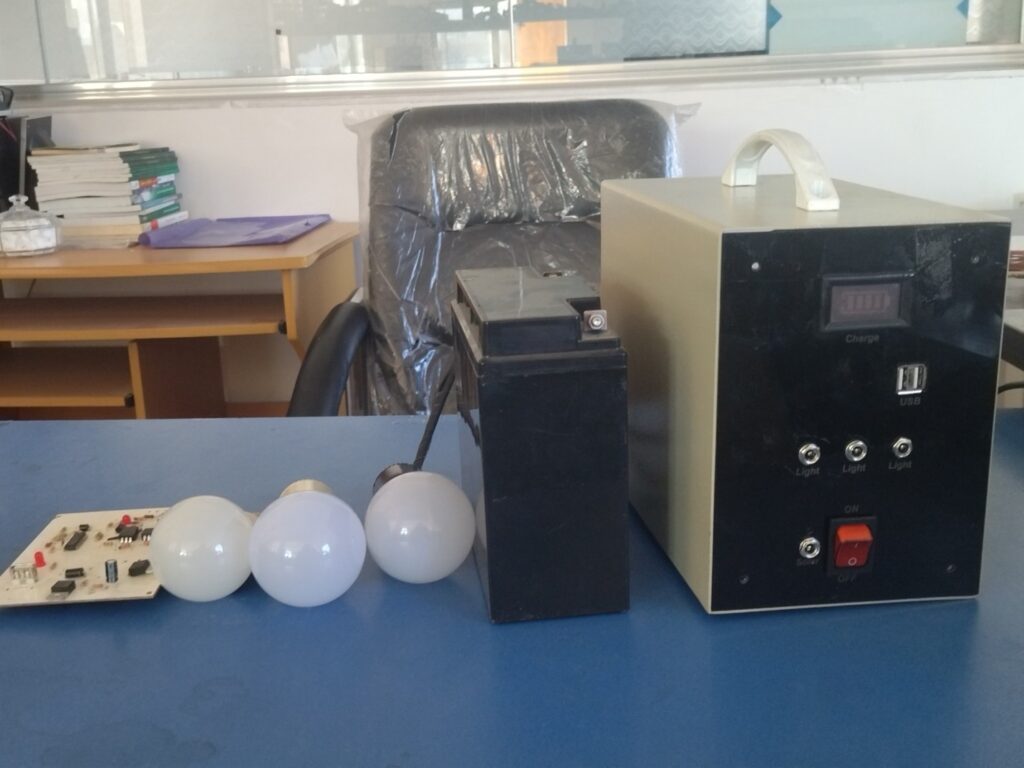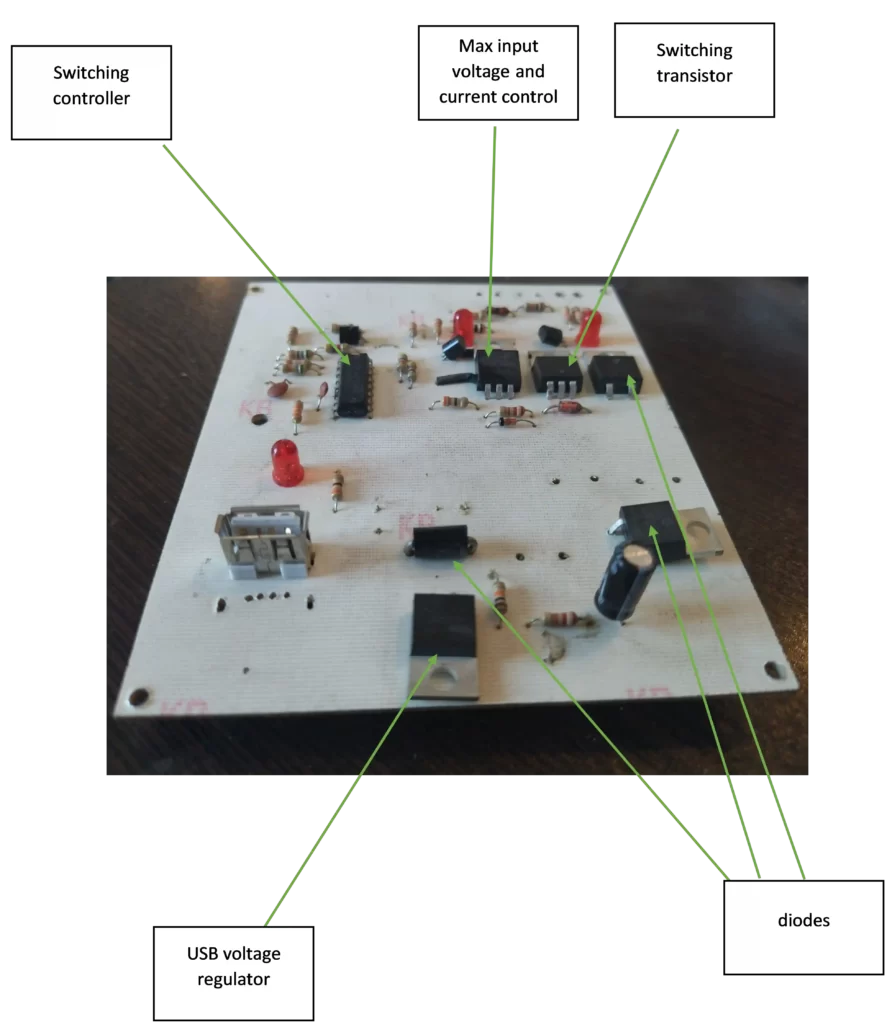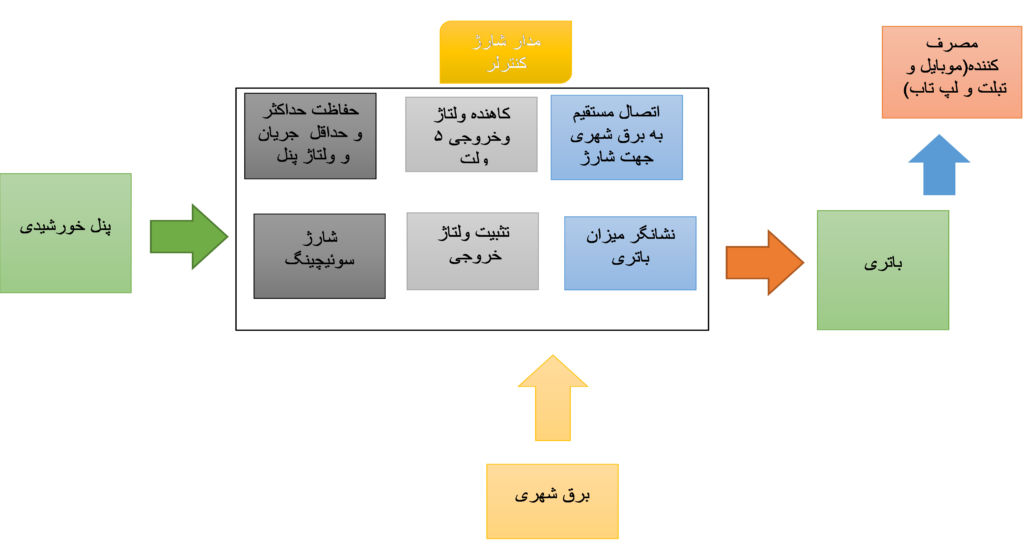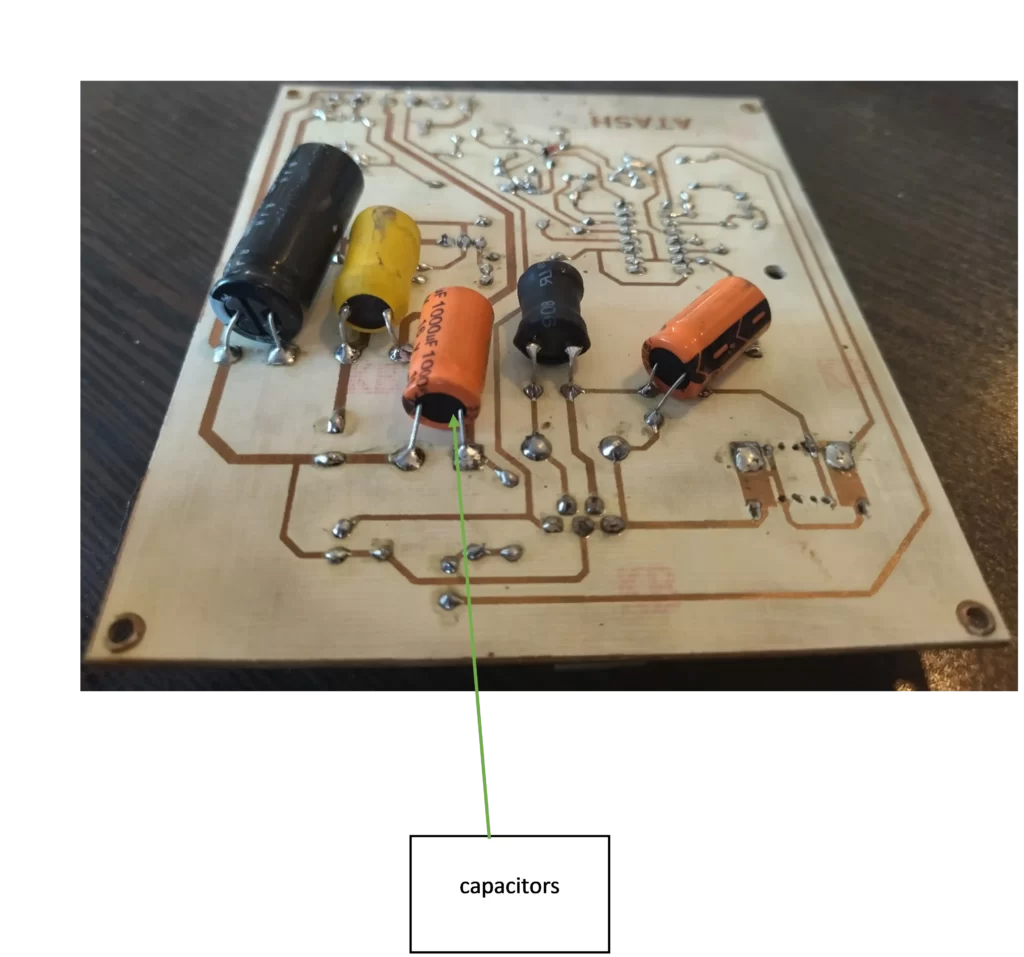Solar generator
Solar generators are now recognized as a new energy source and a suitable alternative to diesel and gasoline generators. Over the past 20 to 30 years, interest in sustainable energy sources has been increasing due to their economic efficiency, environmental protection, and convenience.
Today, solar energy is used in homes as a source of electricity and leads us to other ways of using it. A solar generator allows you to receive solar energy and use it in a portable way. In this way, wherever and whenever you need it, a stable and reliable source of energy is with you. Fossil generators created pollution and were expensive to maintain, solar energy seems to create a great revolution in the generator industry. Based on the design made on the generator charger board, they provide faster charging with greater efficiency for the consumer, which saves money for the panel. In addition to strengthening the PWM charging method, solar charger boards have voltage and current protection capabilities that prevent damage to the board. Considerations for the type of charging have been applied to each USB board to support high currents, for example, charging tablets and mobile phones. It also has the ability to charge directly from city electricity.

Ability to work in harsh environmental conditions (environmental noise, extreme temperatures, high humidity, dust, high vibrations)
Considering the designs made and the fact that the users of the relevant product are nomads and gardeners, the product has been designed in such a way that it can be easily used in harsh conditions and different temperatures due to its resistance to moisture and water and soil penetration. Also, the process of designing the metal body in such a way that it can maintain the battery in any condition is very important. The design is made in such a way that the weight of the battery is evenly distributed inside the compartment and prevents the battery from moving and also prevents impact on the circuit inside the generator.
- Direct charging capability with solar panel
- 2 USB ports for charging mobile phones and laptops
- Battery charging via mains electricity
- Battery level indicator
- Sturdy metal box, impervious to dust and water particles
- Ability to light three 7-watt bulbs
- Screw and Allen connections

Functional block diagram of a solar generator
In the functional system of the solar generator, the solar panel charges the battery through the charge controller circuit with all the considerations and protections of current and voltage, short circuit, and the designed system also has the ability to charge through city electricity, and the end consumer receives the amount of power he needs through the circuit and battery.


Complex modules and technological nodes in design and manufacturing
Important and influential factors in the design of solar generators include observing the maximum module current, maximum output current, maximum internal consumption current, minimum charging voltage, minimum voltage, preventing battery discharge, protection against output overload, protection against overvoltage, protection against improper wiring, and other protective measures due to use by non-technical users (gardeners or nomads). All of these have been achieved through experience in selling products to customers, and the designed boards have been developed based on that. The designs made in the discussion of switching and adding controllers for better switching performance are among the optimized items in the product.
Complex processes in product production and manufacturing
All components and parts of the design, including the mechanical and electronic parts, have been done in CATIA and Proteus software, and the mechanical strength analysis of the body, sealing, and type of connections (Alani), and the electronic analysis of the circuit have been done. The design of the electronic board consists of a combination of several boards, including a solar charge controller, voltage stabilizer, USB charging, and a disconnection system to prevent battery discharge and damage, and the ability to charge directly from city electricity and increase efficiency compared to similar charges based on the designs done on the electronic board, and in addition, the design of the body is strong, lightweight, and resistant to impact, dust, and water penetration. The process of producing an integrated electronic board, which is a combination of a solar charge controller, a USB circuit, and an indicator and direct charging without and output lights, is one of the complex processes in this product.

